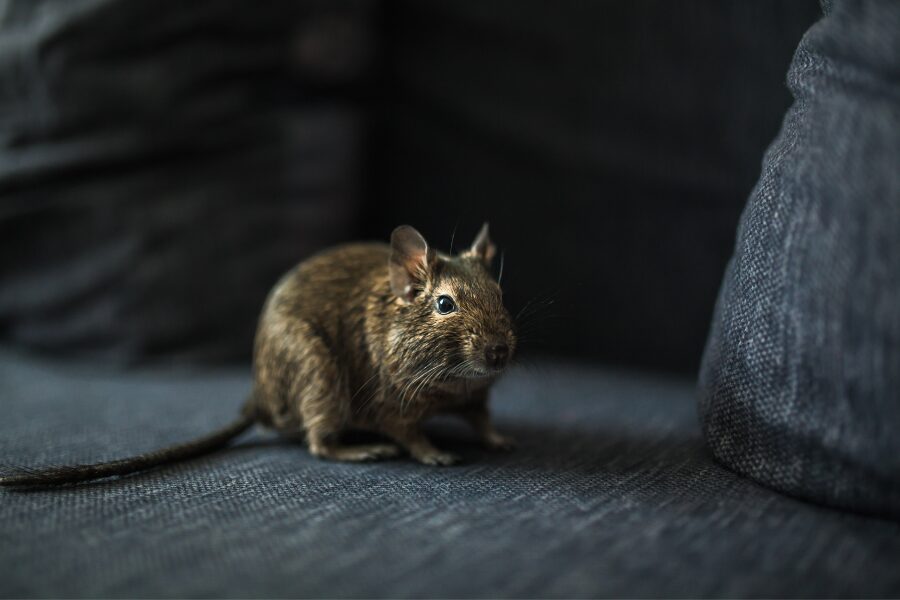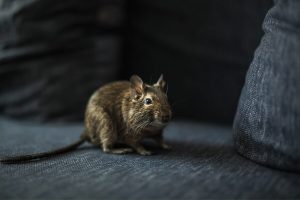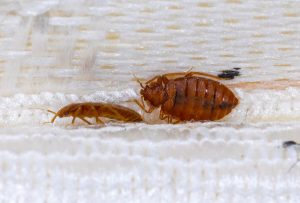Rats and mice are among the most common household pests, and while they might seem similar at first glance, they differ significantly in appearance, diet, behavior, and other traits. Knowing these differences can help you better identify the type of rodent in your home and take the appropriate action to address the problem. In this blog, we’ll explore the key distinctions in rat vs mouse, how to identify signs of a rodent infestation, and what to do if you’re dealing with these unwelcome guests.
Rat vs Mouse
Appearance: Size and Features Matter
When comparing a rat vs mouse, their physical differences are the easiest way to distinguish between the two.
- Mice
Mice are small, typically measuring 2-4 inches long (not including the tail) and weighing around half an ounce. They have slender bodies, large ears, pointed noses, and long, thin tails covered in hair. Their fur is usually gray or light brown. - Rats
Rats are significantly larger, measuring 6-9 inches in body length and weighing up to a pound. They have thicker bodies, small ears, blunt noses, and long, scaly tails. Rats’ fur tends to be darker, ranging from brown to black.
If you spot a rodent in your home, size is often the most obvious indicator to determine if it’s a mouse vs rat.
Diet: What Rats and Mice Prefer
Both rats and mice scavenge for food, but their preferences differ.
- Mice Prefer grains, seeds, and plant material. They are curious feeders and will nibble on small amounts of various foods. Mice often store bits of food near their nests, a telltale sign of their presence.
- Rats Prefer protein-rich foods like meat, fish, and nuts, although they’ll eat just about anything if they’re hungry enough. Unlike mice, rats need a consistent water source to survive.
Rodents are attracted to food sources such as crumbs, pet food, and improperly sealed containers. Keeping food stored securely can help deter infestations.
Behavior: Differences in Habits and Tendencies
Behavioral patterns are another way to identify whether you’re dealing with a rat or a mouse.
- Mice
Mice are curious and bold, often exploring new areas or objects. They are good climbers and can squeeze through tiny holes as small as a dime. Mice tend to build nests close to food sources, often in walls, cabinets, or under appliances. - Rats
Rats are more cautious and wary of new objects or changes in their environment, which makes them harder to trap. They are excellent burrowers and swimmers, often nesting in basements, sewers, or outdoors in burrows. Their larger size enables them to cause more structural damage than mice.
Understanding these behaviors can help you select the best approach for rodent control.
Droppings: A Clear Sign of Infestation
Rodent droppings are one of the most reliable indicators of an infestation, but they vary between rats and mice.
- Mouse Droppings
Mice leave behind small, rice-shaped droppings, typically around 1/8 inch long. These droppings are smooth with pointed ends and are often found near nesting sites or food. - Rat Droppings
Rat droppings are much larger, around 3/4 inch long, and have blunt ends. They’re commonly found in areas where rats travel or feed.
Inspecting droppings can help determine whether you’re dealing with a rat vs mouse problem.
Signs of a Rodent Infestation
In addition to droppings, there are several other signs that indicate a rodent infestation:
- Gnaw Marks: Mice leave small, rough-edged marks, while rats leave larger, more distinct marks.
- Grease Trails: Both rats and mice leave greasy streaks along walls and surfaces from the oils on their fur.
- Scratching Noises: Mice are more likely to make light scratching sounds in walls or ceilings, whereas rats make louder noises.
- Nests: Mice build nests from shredded paper, fabric, or insulation, while rats often create burrows or use similar materials for nesting.
- Footprints: Rodents leave behind footprints or tail drag marks in dusty areas.
If you notice any of these signs, you likely have a rodent problem that needs immediate attention.
What to Do If You Have Rodents in Your Home
Rodents can cause significant damage to your home and pose health risks to your family. They spread diseases, contaminate food, and create unsanitary living conditions. Here’s what to do if you suspect an infestation:
- Eliminate Food Sources
Store all food in airtight containers and clean up spills or crumbs immediately. Don’t forget to secure pet food and garbage bins. - Seal Entry Points
Inspect your home for gaps, cracks, or holes in walls, floors, and foundations. Use steel wool or caulk to block potential entry points. - Set Traps
Use snap traps, glue traps, or bait stations to catch rodents. Place traps along walls or in areas where you’ve seen activity. - Call a Pest Control Company
For severe infestations, professional rodent control services are essential. A pest control company has the expertise and tools to safely and effectively eliminate rodents from your home. Consider companies with green pest control options, ensuring an eco-friendly method of eliminating rodents while protecting the environment and your family.
Preventing Future Infestations
To prevent rodents from returning:
- Maintain a clean and clutter-free home.
- Store firewood and other materials away from the house.
- Keep your yard free of debris and trim back vegetation near your home.
- Schedule regular inspections with a pest control company to catch potential problems early.
Trust Professional Pest Control for Rodent Problems
Understanding the difference between mice and rats is the first step in addressing a rodent infestation. Whether you’re dealing with mouse droppings, rat droppings, or other signs of rodents, taking quick action is crucial to protecting your home and health.
If you suspect a rodent infestation, don’t wait—contact a trusted pest control company in Florida. Our team of experts provides comprehensive rodent control services to eliminate pests and prevent future issues. Request a free quote today and reclaim your home from unwanted rodents!
The post Rat vs Mouse: What’s the Difference? appeared first on McCall Service.











